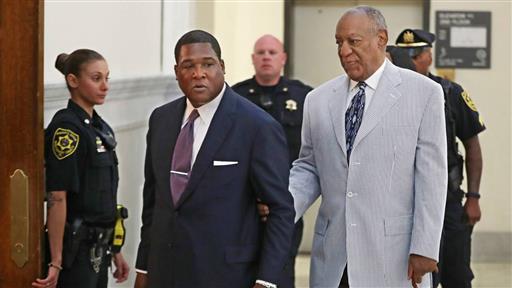Inside the Fantastical Workshop of Inventor Michael Dubno
A one-time videogame developer, Michael Dubno played a key role in designing the system that helped lift Goldman Sachs Group Inc. ’s trading arm to new heights in the years before the financial crisis, and avoid the losses that had swept away some of the firm’s rivals during the downturn. He left Goldman in 2005, and later spent five years at Bank of America Corp. Today, his interests are far from Wall Street. But the system he helped build is still in use, more than two decades later.
—Justin Baer. Photos by Jesse Winter
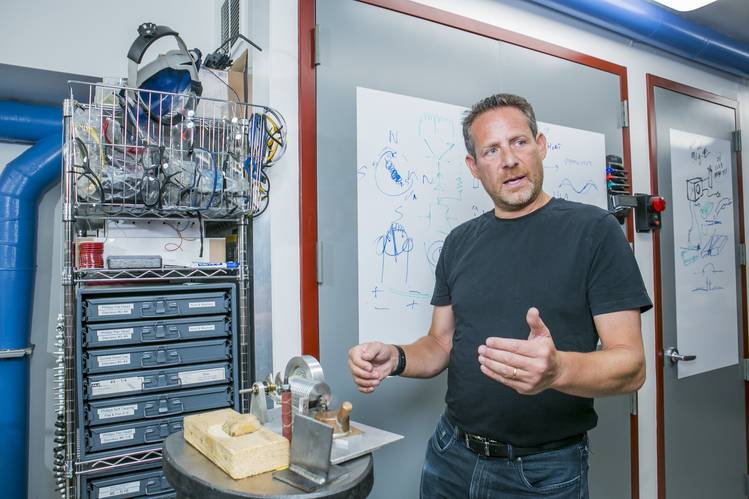
“One of the first things I did [at Goldman Sachs] was work in the equity division at Goldman, and I worked on trading desks that basically weren’t computerized, and started making it so that we could trade hundreds of stocks in a couple of minutes, and things like that. And [we were making] hundreds of thousands of dollars, millions of dollars in a small amount of time.
“Every problem I worked on was kind of fun. No one had done programmed trading before like that. Single-order systems, so that traders could actually trade. And touchpads in order to trade and stuff like that. That was all unique, and so it was just like writing videogames, it was fun. That’s the kind of thing I was doing early on.”

“I probably started [programming] when I was about 13, and I was programming professionally when I was about 14 or 15.”

“A standard interview question I asked at Goldman and other places was, ‘What’s wrong with a New York City taxi?’ In general, people who build things see flaws in all the other things around them.”
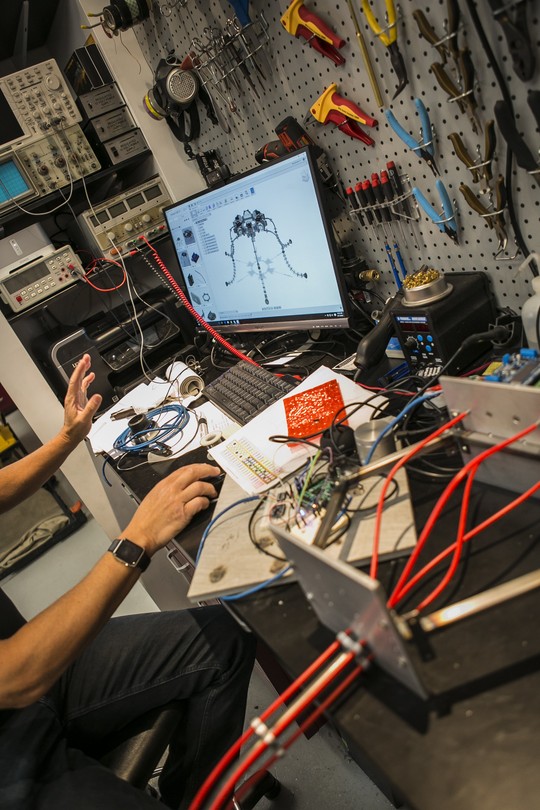
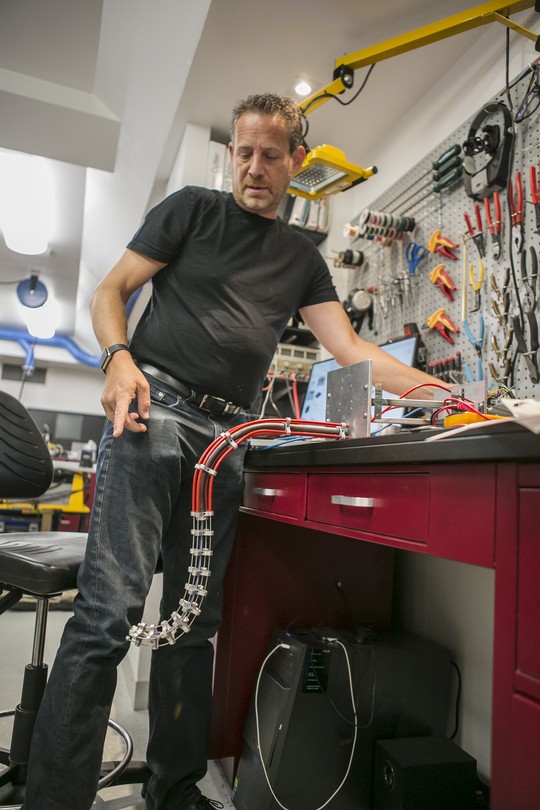
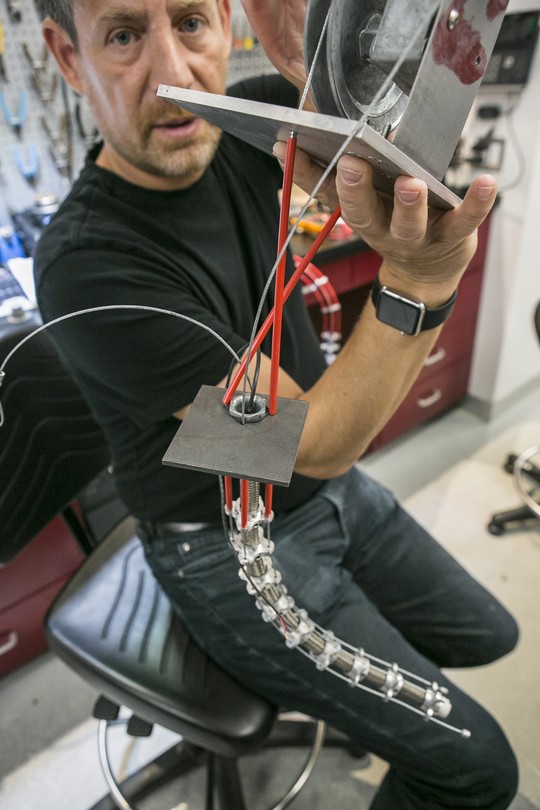
“The tentacle lamp came from a concept of—we have a light fixture upstairs, and whenever we have a dinner party it’s never lighting anything that we want. So I could do it by steerable lights, but that’s not nearly as cool as a tentacle.
“Imagine that this starts off all pointed at the centerpiece—a flower in the center or a bowl of fruit. And then it’s time to sit down, and you could say: ‘Alexa, turn on light strips two.’” You’ll actually be talking to the light fixture. I’ll be able to tell this to actually go focus on the plates, four person dinner, and you watch it just move. Without touching anything, the light fixture will be under control. It’s kind of sick. This is what I do for fun.”

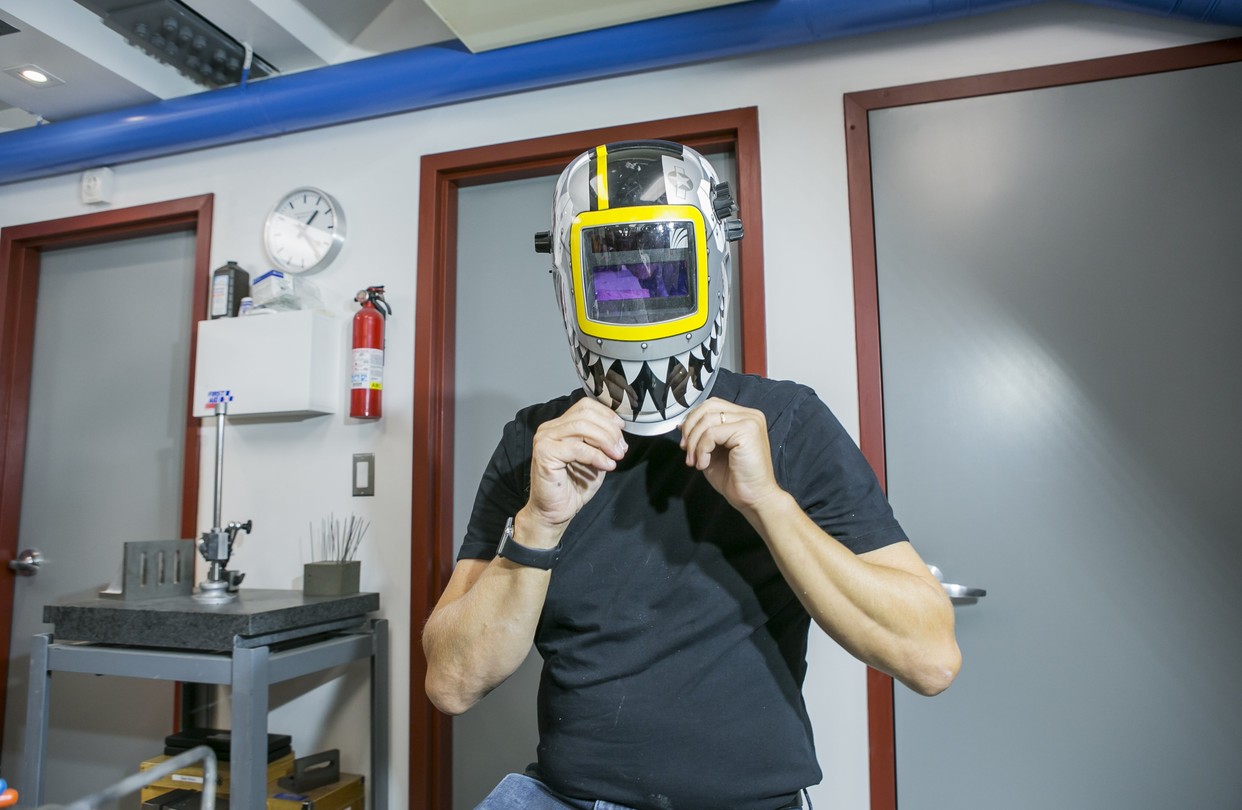
“There’s a physicist, Brian Greene. Brian is a theoretical physicist; he’s never really done anything physical in his life. I was talking to him and he expressed an interest in that. So I said, ‘OK, we’ll have a wine, cheese and welding party.’ Where the thing that’s dangerous is probably the cheese because of the cholesterol and all that. And so he came to the wine, cheese and welding party, and he’s one of the top physicists in the world. String theorist and all that. And he was having a blast plasma cutting and welding. By the time he was done, he made two. Everyone else made one thing. Like a kid at a candy store.
“And then he was going to be on ‘The Late Show with Stephen Colbert, ’ and he wanted to do some physics thing that blew people away, so he called me up: ‘Can we make this? Can we make that?’ And so I was helping him with that.”
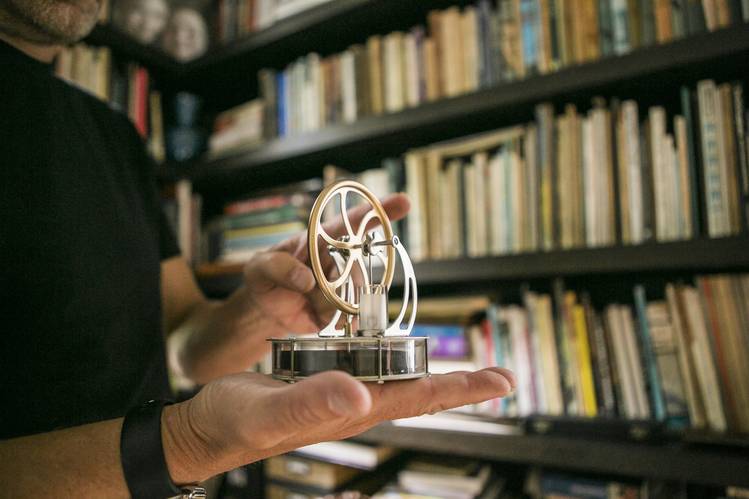
“If you put this on top of a coffee cup, this would actually just start running. If you think about it, almost all engines are internal combustion—they explode something in order to work. This works instead by heat displacement. It heats up some air, it then pushes that air away, but now cold air is there, and you heat up that cold air, and it keeps cycling. In fact I have an external combustion engine that I built.”
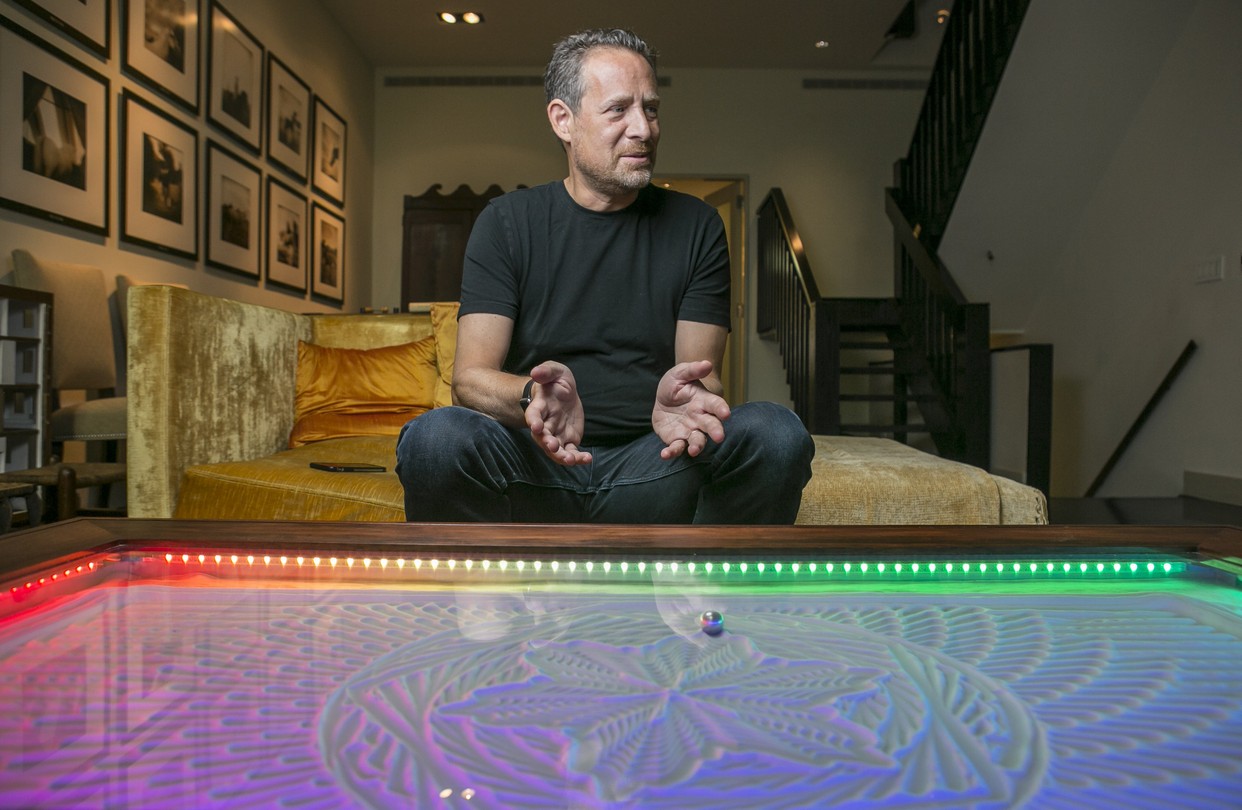

“The sand table came about as: How about a ball that draws pictures in sand?
“Every night it wakes up and draws something. And it uses mathematics to figure out new patterns. So it could take clipart, it could take a photo, it could take a lot of things and draw them.”
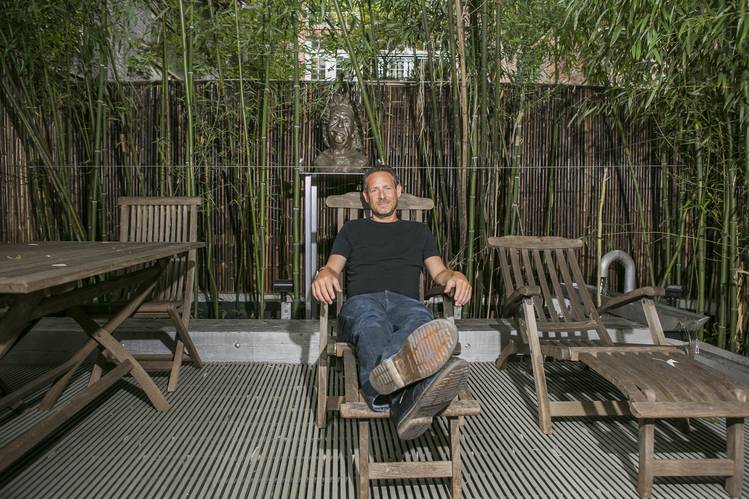
“Goldman still has a strategy, and the next wave of competitive challenges, and Marty [Goldman Chief Information Officer Marty Chavez], has made a few moves on the chessboard.”


.jpg)
.jpg)
.jpg)
.jpg)
.jpg)
